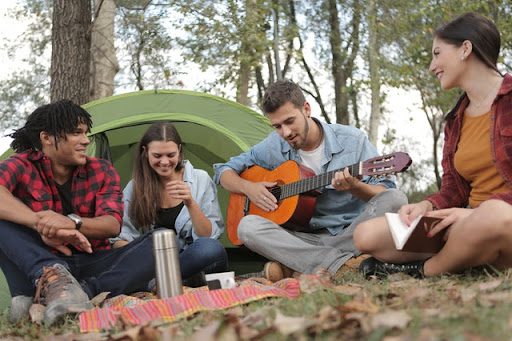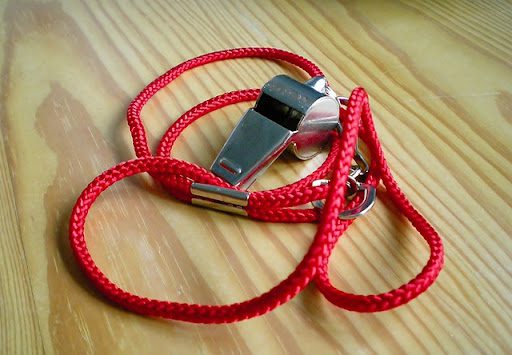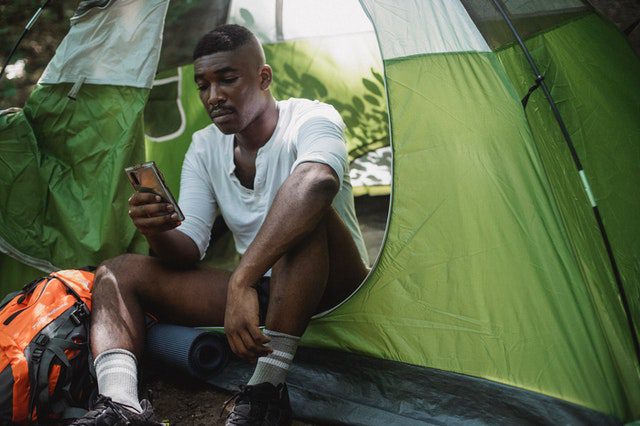Springtime is just around the corner! If you’re the outdoorsy type, then we’re pretty sure you are getting your camping gear ready.
At this time of year, many people pack up and head for the hills. Reconnecting with nature is great, so be prepared for the area, personal safety, and emergency procedures.

Preparing for your trip involves learning about the area you will be going to before traveling. The National Parks Service has implemented many changes since the pandemic began. Many sites require reservation-only status for entry. Find out if you will need advanced registration or a permit before arriving. Also, find out if masks are required. Study the campground website and online information, especially camper reviews, before committing to using the campsite. Some questions to ask that could impact your safety are:
Is there cell phone service?
Can you drive the grounds at night?
What is the altitude, and what type of wildlife does the site have?
Is clean water available to campers, or will you need to bring your own?
Does it have the difficulty level you are seeking for trails and roads?
Is it handicap accessible?
Is there a hospital nearby in case of an emergency?
Then, ask yourself if you can abide by the campground regulations and requirements. Most importantly, can you follow the rules about open campfires? Forest fires have destroyed many trees and have posed a deadly threat to people and property in recent years. Practicing fire safety must be at the forefront of campers’ minds. Where campfires are prohibited, a lightweight backpacking stove can be an alternative. A backpacking stove can also help minimize the impact on nature and leave no trace behind.
Personal safety means ensuring the best experience possible for yourself and others. This involves fall prevention practices such as avoiding loose sand or pebbles on trails and near cliffs; staying on the trail and away from slippery rocks. Personal safety also includes considering the safety of other campers in your area. Observing posted warning signs, watching children, and never throwing or rolling rocks helps keep everyone safe.
In addition, eating enough food and drinking enough water (we recommend SOS Food Lab’s slim, portable and easy-to-open water pouches you can bring anywhere) will guard against heat exhaustion. If symptoms of nausea, vomiting, fatigue, headache, clammy skin or a pale appearance last longer than two hours, you may have heat exhaustion, rest in a cool shady area and seek medical help.

Emergency Plan for your Camping Trip
Having an emergency plan is vital to safe camping. When hiking, make sure everyone knows their location, meaning everyone is aware of where they are going and how to get back. Also, make sure everyone knows to stay together and not take shortcuts. Carrying a whistle is always a good idea, as is making children have travel buddies and are taught to ‘Hug a Tree’ if they get lost, a tactic used to keep them from wandering. If an adult is lost, they should stay in place until found. Being aware of what others are wearing, carrying, and where they were last seen is helpful information for finding a lost person so pay attention to the group.
In case of injury, have a first-aid kit for minor scrapes and abrasions and call 911 if an injury is serious. Taking a wilderness first-aid course can help campers know what to put into a first-aid kit and how to handle various situations. If digital communication efforts fail, flag down other campers for help. Lastly, be prepared to be flagged down. After all, a camper needing help should be met by a camper willing to give help.
